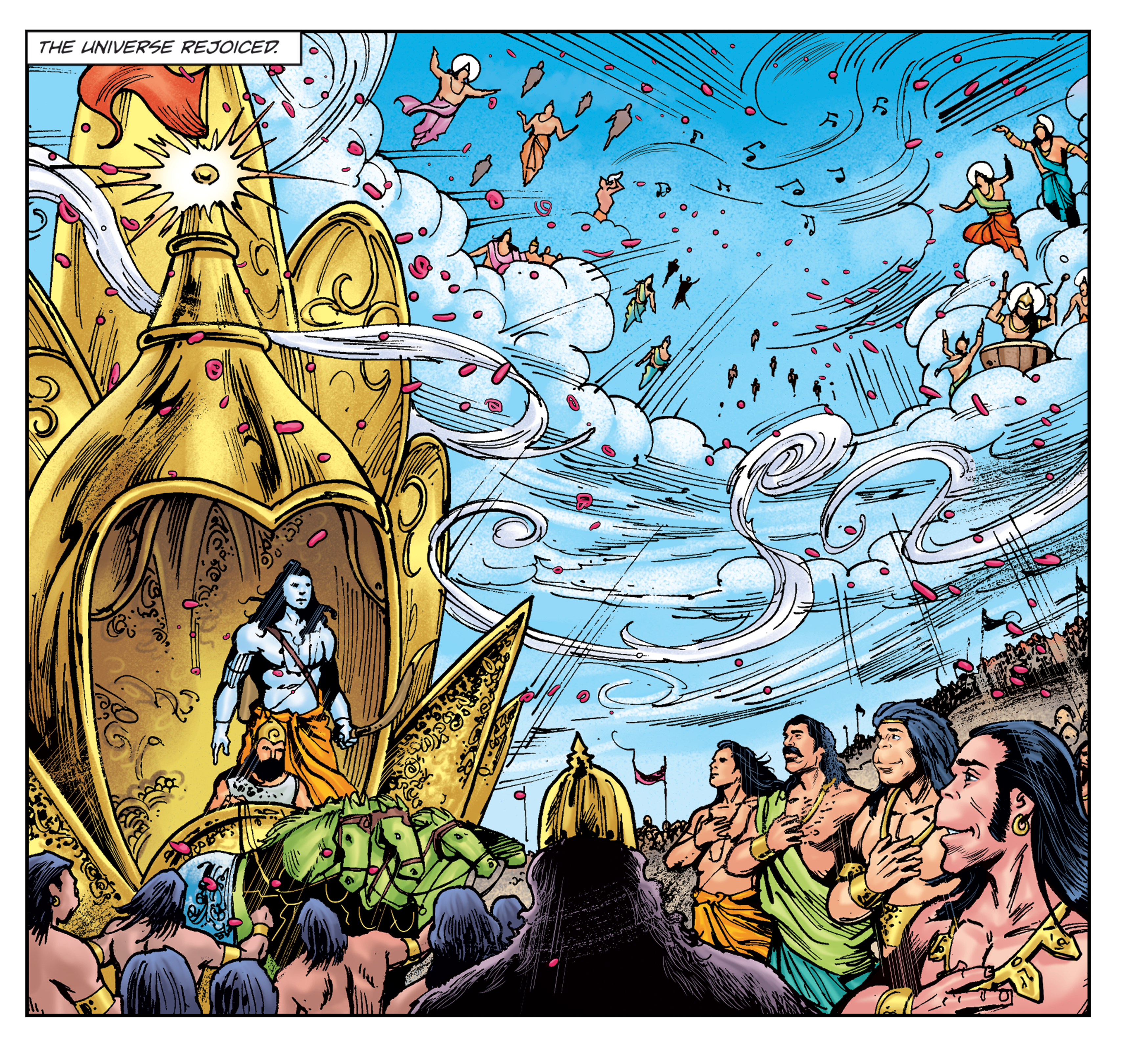The festival of lights is celebrated across the country with much splendour, and the story behind Diwali is known even by most children. The prince of Ayodhya, Rama, defeats the ten-headed demon Ravana who had abducted Rama’s wife Sita. The victory of good over evil and the return of the beloved prince to Ayodhya marked the first ever Diwali celebrated.
Cleaning out one’s home in a bid to invite Goddess Lakshmi in, and lighting dozens of lamps and diyas along with stringing up colourful fairy lights – all of it makes the scene after sunset incredibly pretty. It’s a sight to behold when you look up at a high-rise in a city like Mumbai and find every window of every house to have been lit up with lights and diyas.
This is how most people in India celebrate Diwali. There are however a number of unusual, and mostly unheard-of practices from around the country too.
- Yamadeepdaan, Maharashtra: In a ceremony known as Yamadeepdaan, the women in the state of Maharashtra light diyas made of specially kneaded flour, in honour of Lord Yama, the Hindu god of death, in a plea to him to let the male members of their families lead a long life.
The folklore behind this practice is the story of a young prince who was fated to die on the fourth night of his marriage. His young wife lit diyas and placed them along the doorways, keeping her husband awake and, by praying to Yama and lighting the lamps in his worship, alive.
Additionally, the Thakar Tribe in Maharashtra celebrate Diwali by lighting lamps made from dried pieces of a fruit called chibra, set with cow dung. They worship Goddess Lakshmi in the form of grain which they keep in a cane basket, and also perform their traditional folk dance.

- Kauriya Kathi, Odisha: People in Odisha include the honouring of their forefathers as part of their Diwali celebrations. Every Diwali, they perform a ceremony where they burn the stem of a jute plant called Kaunriya. They do this as they consider the burning flame to be a signal that calls their ancestors who live in heaven, and whose blessings their descendants seek every Diwali.
- Patthar Ka Mela, Himachal Pradesh: It is widely believed that many years ago, human sacrifice was offered to Goddess Kali in Dhami, Himachal Pradesh, until a queen of a neighbouring state put an end to it. As an alternative to human sacrifice, a devotional, stone-pelting ceremony called Patthar Ka Mela was established. Every year after Diwali, two groups of locals meet to fling stones at one another. Getting struck by a stone during this ceremony is considered lucky or auspicious. The blood from those injured is used to apply tilak to the idol of Goddess Kali at the local temple.
- Bandi Chhor Diwas, Punjab: For Sikhs, the occasion of Diwali marks a struggle for, and the victory of, freedom. Emperor Jehangir, fearing the rising popularity and influence of the sixth Guru Nanak, imprisoned the Guru. The Sikh festival that commemorates the Guru’s release from Gwalior Fort is known as Bandi Chhor Diwas, which happens to coincide with Diwali. Bandi Chhor Diwas too is celebrated by bursting crackers, exchanging gifts and feasting,
- Diyari, Chhattisgarh: The tribal communities of Chhattisgarh celebrate a three-day long Diwali, which they call Diyari. These tribal folk celebrate with some unique and unusual festivities. An idol of Lord Narayana is set up and the ceremonies begin with a ritual marriage between the crops in their fields and the lord. The crop is worshipped as Goddess Lakshmi. As part of the festivities, owners of livestock are honoured with offerings of alcohol, and the cattle are decorated with flower garlands.





